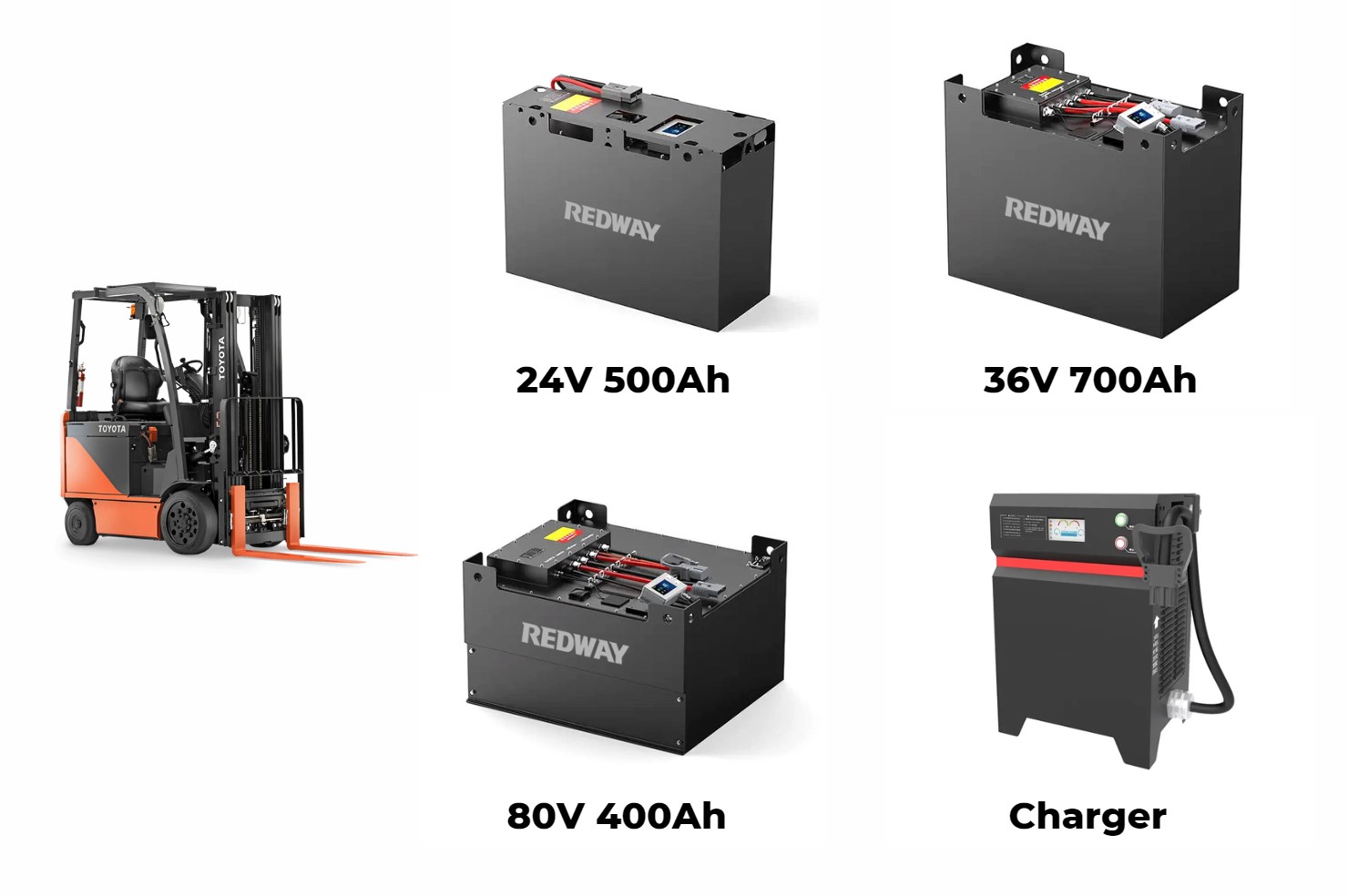Recent advancements in LiFePO4 technology include enhanced energy density, faster charging rates, and improved thermal stability. Innovations in battery management systems (BMS) also provide better monitoring and safety features, making LiFePO4 a leading choice for electric vehicles and material handling.
Recent advancements in LiFePO4 (Lithium Iron Phosphate) battery technology have significantly enhanced their performance, safety, and versatility. These developments are making LiFePO4 batteries increasingly popular for a wide range of applications, from electric vehicles to renewable energy systems. Here’s a detailed look at the latest innovations in LiFePO4 battery technology:
Enhanced Energy Density and Efficiency
The introduction of advanced EVE LiFePO4 battery cells has marked a significant leap in energy density. These new cells allow for more compact and lightweight designs while delivering superior performance. Enhanced energy density means that LiFePO4 batteries can now provide substantial power in a smaller and lighter package, making them particularly suitable for demanding applications such as electric vehicles (EVs) and renewable energy storage systems.
Wholesale lithium golf cart batteries with 10-year life? Check here.
Improved Safety Features
LiFePO4 batteries are known for their inherent safety advantages over other lithium-ion chemistries, primarily due to their thermal stability and resistance to thermal runaway. Recent innovations have further bolstered these safety features. Advances in battery design and construction have improved their ability to prevent decomposition and overheating, issues common in other lithium-based batteries. These improvements make LiFePO4 batteries especially reliable for critical applications where safety is paramount.
Longer Lifespan and Cycle Life
One of the most significant advancements is the increased lifespan and cycle life of LiFePO4 batteries. Modern LiFePO4 batteries are capable of achieving over 6,000 charge cycles, translating to an approximate lifespan of 10 years. This extended longevity contrasts sharply with traditional lead-acid batteries, which typically last around 1,500 cycles. The ability to reach 100% depth of discharge (DOD) without causing damage further enhances their utility, allowing users to fully utilize the battery’s capacity without compromising performance.
Want OEM lithium forklift batteries at wholesale prices? Check here.
Fast Charging Capabilities
The development of fast charging technologies has been another notable advancement. LiFePO4 batteries now support charging rates up to five times faster than lead-acid batteries. This feature is particularly advantageous in commercial and industrial settings where minimizing downtime is critical. Faster charging reduces the amount of time needed to get the batteries back into service, improving overall operational efficiency.
Environmental Considerations
LiFePO4 batteries continue to lead the charge in environmental sustainability. They are free from toxic materials like cobalt and comply with strict environmental regulations, making them a more sustainable option for energy storage solutions. Furthermore, the production processes for these batteries are becoming increasingly eco-friendly, aligning with global sustainability goals and reducing their overall environmental impact.
Versatile Applications
The improvements in performance and safety are expanding the range of applications for LiFePO4 batteries beyond electric vehicles. They are increasingly being used in solar energy systems, backup power solutions, and various industrial applications. The versatility of LiFePO4 batteries is growing as their technology continues to evolve, making them a viable choice for a diverse array of energy storage needs.
Conclusion
The latest advancements in LiFePO4 battery technology highlight significant improvements in energy density, safety, lifespan, charging capabilities, and environmental sustainability. These developments position LiFePO4 batteries as a leading choice in the energy storage market, offering enhanced performance and versatility for various applications. As technology continues to progress, LiFePO4 batteries are set to play an even more prominent role in meeting the growing energy demands of the modern world.
FAQs
What Safety Measures Should Be Taken When Using LiFePO4 Forklift Batteries?
Do LiFePO4 Batteries Require Maintenance?
What is the Typical Cost of a LiFePO4 Forklift Battery?
Comparing Maintenance Costs: LiFePO4 Batteries vs. Lead-Acid Batteries
Exploring Real-World Applications of LiFePO4 Batteries in Forklifts
Industries Benefiting from LiFePO4 Forklift Batteries
What is LiFePO4 Technology?
The Evolving Market for Forklift Batteries
What Are the Latest Advancements in LiFePO4 Battery Technology?
How Does Fast Charging Impact Battery Life?
Types of Chargers for LiFePO4 Forklift Batteries
Common Voltage and Capacity Options for LiFePO4 Forklift Batteries
Comparing LiFePO4 and Lead-Acid Batteries: A Comprehensive Analysis







